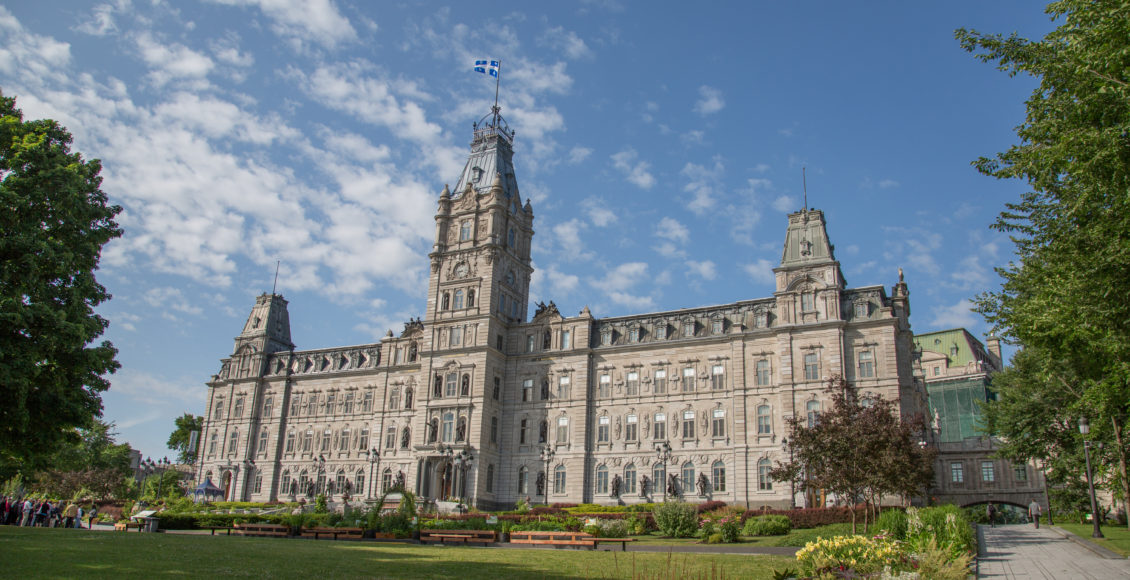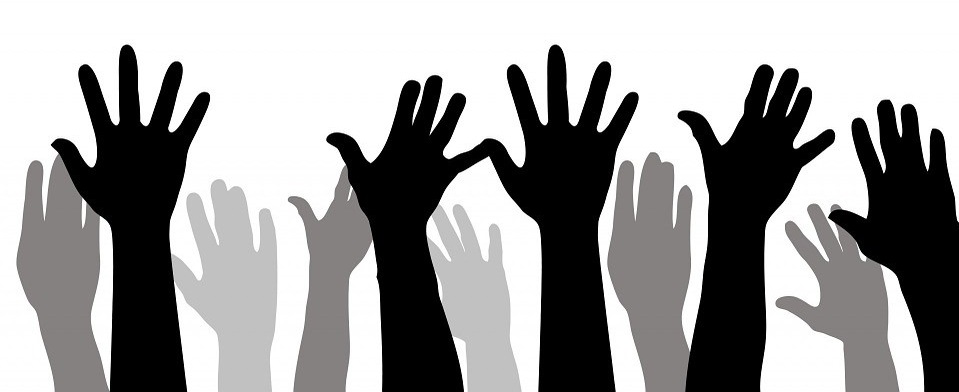Doubting the Status Quo
 The Parliament building of Quebec
The Parliament building of Quebec
After I cast my ballot on October 1st, I couldn’t have been prouder of my province. We have a government that commits to the peaceful transition of power. By doing so, the Quebec government recognizes one of the fundamental aspects of a healthy democracy, regular elections. However, one doesn’t keep a democracy healthy by boasting of its success. One must try to find out how it could be even more responsive to the electorate.
Although proud, I must confess to my fellow Quebecers that two of the democratic institutions we participate in (federal and provincial) suffer from the same flaws. The majoritarian nature of both electoral systems results in false majorities, useless votes, and lower voter turnout. This is why the Quebec and Canadian electoral systems should be reformed in a more proportional manner.
What is a majoritarian electoral system? It is an electoral system in which voters of one electoral district have one representative: the candidate with the most votes. The party with the most representatives that win electoral districts gets to form a government. What is a proportional electoral system? It is an electoral system in which the seats in one electoral district are proportionally distributed among the parties reflecting the percentage of votes they obtained. Simply put, majoritarian electoral systems often result in the ruling party having all the power even without the majority of the votes and proportional electoral systems result in all parties having power proportional to the votes they obtained.
| Year |
Level |
Political Party |
% of the votes |
% of the power |
| 2018 | Provincial | CAQ | 37.41% | 100% |
| 2015 | Federal | Liberal Party | 39.5% | 100% |
| 2014 | Provincial | PLQ | 41.52% | 100% |
| 2011 | Federal | Conservative Party | 39.6% | 100% |
Figure 1
The majoritarian electoral system results in false majorities. Let’s take the election on October 1st; the CAQ won 100% of the power with only 37.41% of the popular vote. In the 2014 provincial elections, the PLQ won 100% of the power with only 41.52% of the popular vote. In the 2011 federal election, the Conservative Party won 100% of the power with only 39.6% of the popular vote and in 2015, the Liberal Party won 100% of the power with only 39.5% of the popular vote. The issue is that the ruling parties won the majority of the electoral districts yet they didn’t win the majority of the votes. With proportional representation, the power a party has is proportional to the percentage of votes that were cast for it.
Therefore, if a government doesn’t have the majority of the votes, it must form a coalition government with a smaller party in order to create a majority in parliament that also represents the majority of the popular vote.
The proportional system also corrects the majoritarian problem of useless votes. If we take where I voted on October 1st, Brome-Missisquoi, we can see that the district will be represented by the candidate with the most votes. This means that Isabelle Charest of the CAQ with 44.39% of the vote will have 100% of the power. This also means that 55.61% of the ballots cast for other parties, the majority of the votes, were useless. By this, I mean that they resulted in giving no political influence to any party. In a proportional system, multiple representatives would be elected in bigger districts to accurately represent all the votes.
An added plus to proportional representation is that research has time after time shown that this electoral system leads to a higher voter turnout than the majoritarian system. This means that it corrects false majorities and useless votes while increasing the number of voters. All these aspects lead to an increase in democratic effectiveness by giving greater power to the electorate in shaping the government and its policies.
Opponents of the proportional system like the anti-PR movement in BC have mentioned the inclusion of fringe parties into local governance. They say that “Far-right extremists calling the shots in the BC Legislature? …and with Proportional Representation, that will be the new normal.” Research does show that the proportional system creates a better environment for smaller parties; however, it also shows that the share of the vote extremists’ parties receive is unrelated to the type of electoral system a country has.
Electoral reform is not an appealing topic to most Quebecers; however, this does not change how important it is. You may not be convinced that proportional representation is what we need, yet now you have a reason to doubt the status quo.
The views and opinions in this article are those of the authors’ and do not necessarily reflect the official position of The McGill International Review or IRSAM.ca
Samuel Jetté is a contributing writer. He is a graduate from John Abbott College where he was exposed to multiple branches of social science. Samuel is now a first-year McGill University student interested in international relations, Canadian politics and electoral reform.
Bibliography:
Figure 1 sources:
https://www.electionsquebec.qc.ca/english/provincial/election-results/general-elections.php?e=83&s=2#s
https://www.cbc.ca/news2/interactives/results-2015/
Carter, E. L. “Proportional Representation and the Fortunes of Right-Wing Extremist Parties.” West European Politics 25, no. 3 (2002): 125-146. https://doi.org/10.1080/713601617.
Dassonneville, Ruth, Hooghe, Marc & Lewis-Beck, Michael S. “Do electoral rules have an effect on electoral behaviour? An impact assessment.” West European Politics 40, no. 3 (2017): 503-515. https://doi.org/10.1080/01402382.2016.1271597.
“Élection Québec: General Elections.” Chief Electoral Officer. 2018 / accessed October 7th 2018. https://www.electionsquebec.qc.ca/english/provincial/election-results/general-elections.php?e=74&s=2#s.
“Federal election results 2015 Justin Trudeau’s Liberals to form majority government.” CBC/Radio-Canada. 2015 / accessed October 7th 2018. https://www.cbc.ca/news2/interactives/results-2015/.
“Keep Our Electoral Process Simple, Stable + Successful.” No Proportional Representation Society of BC. 2018 / accessed 7th October 2018. https://nobcprorep.ca/.
Lau, Rachel & Olivier, Annabelle. “Quebec election results 2018: Poll-by-poll riding voting map.” Global News. October 2nd 2018 / accessed October 7th 2018. https://globalnews.ca/news/4474745/quebec-election-results/.


